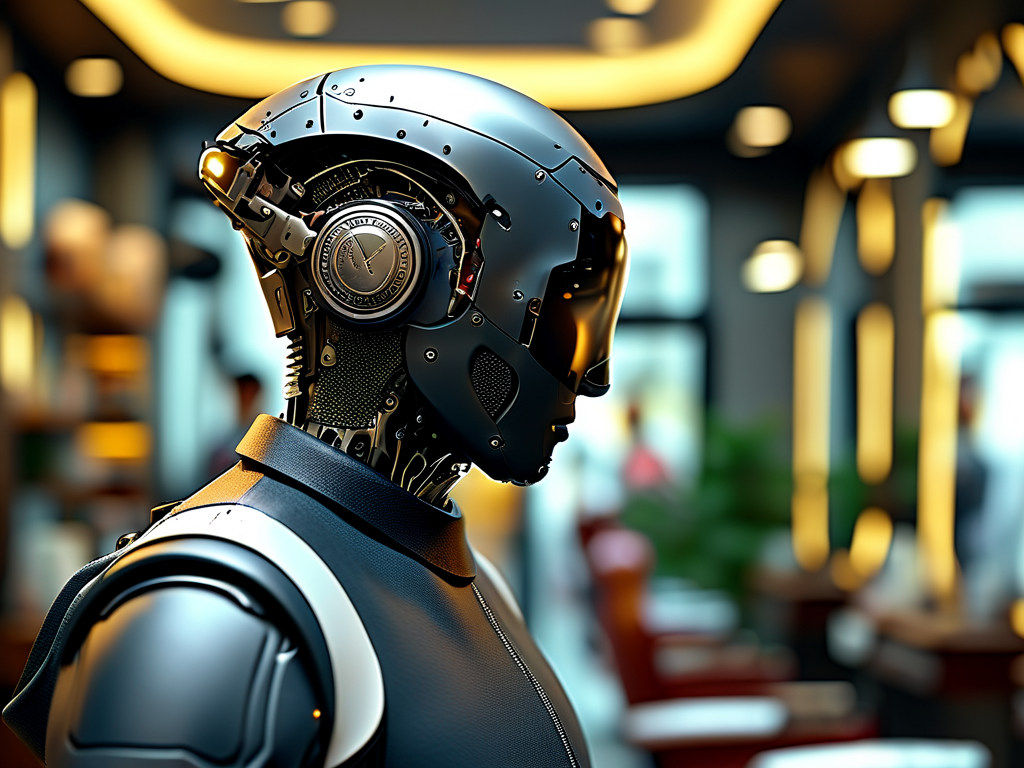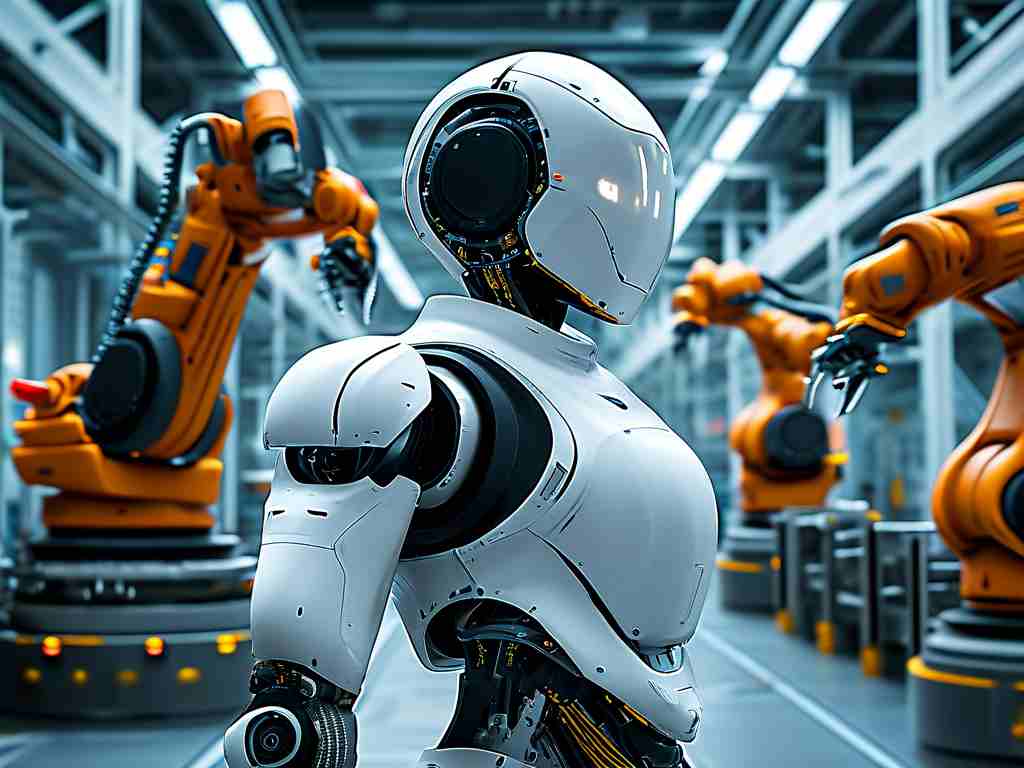The integration of robotics into personal grooming has sparked a revolution, with robotic haircut systems emerging as one of the most debated innovations. By combining artificial intelligence, 3D imaging, and precision mechanics, these machines promise to deliver consistent results while reducing human error. But how do they work, and what hurdles remain before they become mainstream? Let’s explore the mechanics, limitations, and transformative potential of this technology.

The Mechanics Behind Robotic Haircut Systems
At the core of robotic haircut technology lies advanced computer vision. Cameras and sensors scan the client’s head to create a 3D map, accounting for hair density, texture, and scalp contours. This data is processed by machine learning algorithms trained on thousands of hairstyle patterns. Once a style is selected, robotic arms equipped with cutting tools—such as adjustable clippers or laser-guided scissors—execute the design with sub-millimeter accuracy.
For example, a prototype developed by Stanford engineers uses force-sensitive actuators to mimic the tactile feedback human stylists rely on. This ensures the tools adjust pressure dynamically, avoiding nicks or uneven cuts. Meanwhile, startups like AutomataCuts employ predictive modeling to anticipate hair growth patterns, enabling personalized trim schedules for repeat clients.
Technical Challenges and Safety Considerations
Despite their sophistication, robotic systems face significant hurdles. Human hair varies widely in thickness, curl patterns, and behavior when cut. While AI models can handle straight or wavy hair with relative ease, tightly coiled textures often require adaptive techniques that challenge pre-programmed routines. Engineers are addressing this by integrating real-time feedback loops, where sensors detect resistance and adjust blade angles mid-cut.
Safety remains a critical concern. Early models struggled with unexpected movements—a client tilting their head slightly could derail the entire process. Modern systems now incorporate LiDAR and infrared tracking to monitor head position 50 times per second, freezing operations if deviations exceed safe thresholds. Additionally, emergency stop mechanisms and manual override options are now standard in commercial units.
Consumer Adoption and Ethical Debates
Public reception has been mixed. In a 2023 survey by GroomTech Analytics, 62% of respondents expressed interest in robotic haircuts for speed and consistency, particularly for basic styles like buzz cuts or trims. However, 41% doubted the machines’ ability to handle complex designs, such as layered cuts or fades. Salons experimenting with hybrid models—where robots handle bulk trimming while humans refine details—report higher customer satisfaction.
Ethical questions also loom. Could widespread adoption displace human stylists? Industry analysts argue that while robots may reduce demand for low-skill cuts, they’ll simultaneously create roles in tech maintenance and customization programming. Moreover, high-end salons are leveraging robotic tools as premium add-ons rather than replacements, charging clients 20–30% more for “AI-assisted precision.”
The Road Ahead: Customization and Biotech Integration
Future advancements may focus on hyper-personalization. Researchers at MIT’s Media Lab are testing robots that analyze facial symmetry and bone structure to recommend flattering styles. Another frontier involves biotech integration. A Tokyo-based team recently debuted a prototype that applies nano-coated blades infused with conditioning serums during cuts, claiming it reduces split ends by 40%.
As the technology matures, regulatory frameworks will play catch-up. The EU’s upcoming Robotics Safety Directive, set for 2025, will mandate rigorous testing for consumer-facing grooming bots, including hygiene protocols and cybersecurity standards to prevent data breaches from stored client profiles.
In , robotic haircut technology is poised to reshape the grooming industry, but its success hinges on balancing technical precision with human-centric adaptability. For now, these machines excel as collaborators rather than replacements—a testament to the enduring value of human creativity in an automated world.









